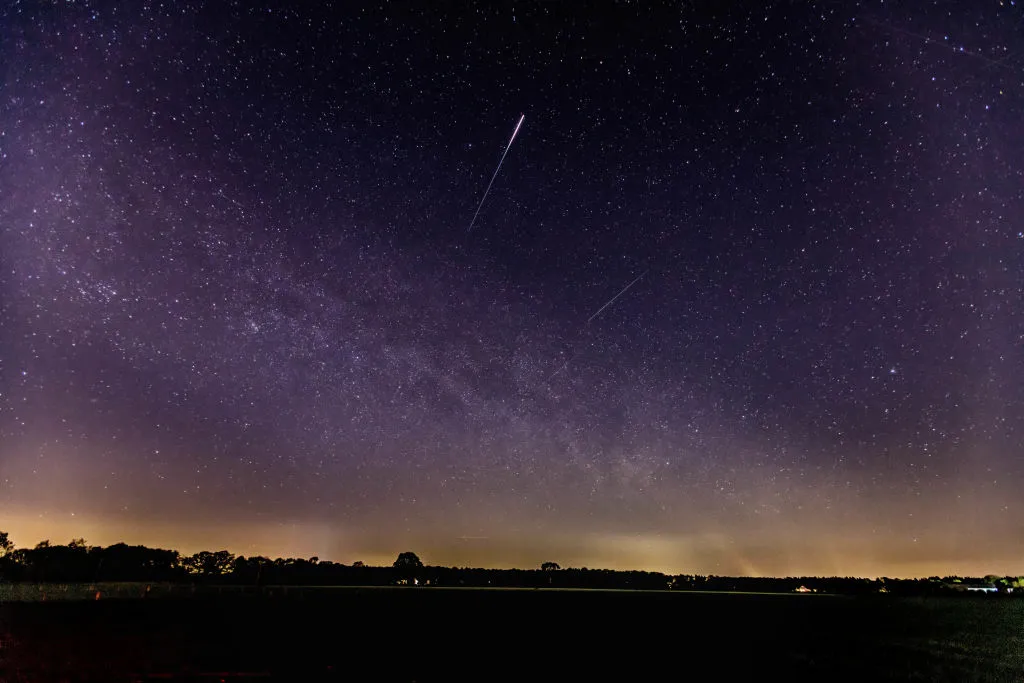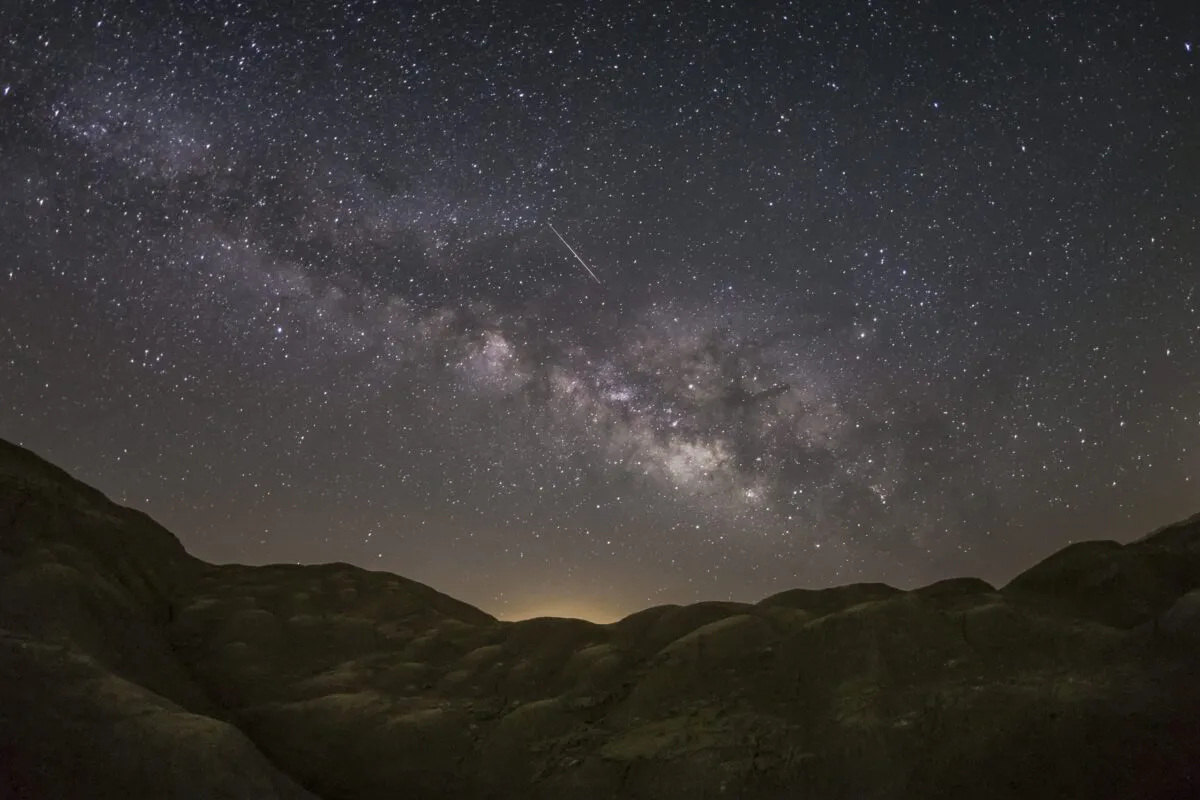Spring's best meteor shower is approaching peak activity over the Easter 2025 weekend, making it a great stargazing activity for friends and family who are gathered together.
Meteors – or shooting stars, as they're often known – are visible with the naked eye, and meteor showers occur at the same time every year, making them reliable and predictable stargazing events.
The Lyrid meteor shower is approaching peak activity, and the good news for meteor-watchers is the Moon will barely poke its head above the horizon over the Easter weekend.
This means the sky will be darker and you'll see more meteors.
Complete beginner? Get weekly stargazing tips by signing up to receive the BBC Sky at Night Magazine e-newsletter

The peak of the meteor shower is due around 21/22 April, so this Easter weekend is a great time to see a Lyrid meteor, as activity begins to ramp up.
Dr Shyam Balaji is a researcher in astroparticle physics and cosmology at King’s College London in the UK.
We asked Dr Balaji seven key questions about the Lyrid meteor shower, including his top tips for beginners who want to see a shooting star for themselves.

When do the Lyrids peak?
The Lyrid meteor shower is active from 16–25 April 2025, with the peak expected on the night of 21 April into the early hours of 22 April.
In 2025, the peak is expected during the early hours of 22 April, just before dawn.
The shower itself runs longer than the peak dates, so you'll also be able to see meteors a few days before and after the peak.
What causes the Lyrids?
The Lyrids are caused by Earth passing through the dusty trail left by Comet C/1861 G1 Thatcher, a long-period comet that orbits the Sun roughly every 415 years.
As these comet particles burn up in our atmosphere, they produce bright streaks of light, which we see as meteors.
What are Lyrid meteors like?
The Lyrids are one of the oldest known meteor showers, with records dating back around 2,700 years in ancient Chinese texts.
While they’re usually modest (about 10–20 meteors per hour at the peak), they occasionally produce meteor outbursts, with up to 100 meteors per hour (under perfect conditions).
Lyrid meteors are known for being bright and fast, often leaving glowing trails in the sky that linger for a few seconds.

Will they be visible around the world?
The Lyrids are visible from most of the world, but they are best seen from the Northern Hemisphere.
Southern Hemisphere viewers can still catch some meteors, though the visibility there is less.
Where should we look in the sky?
Lyrid meteors appear to radiate from the constellation Lyra, near the bright star Vega, which rises in the northeast during the late evening.
However, you don’t need to look directly at Lyra. Meteors can appear in all parts of the sky, so a wide, dark, unobstructed view is best.
If you see a meteor and can trace its direction of travel backwards in the direction of Lyra, you've just seen a Lyrid.

Is there any technology that can help us see a Lyrid?
Yes! Star map apps like Sky Guide, Star Walk 2 or Stellarium can help you locate Vega and Lyra in the sky using your phone.
Many apps use augmented reality, so you can just point your phone at the sky and it will show you where to look.
If they have a red light mode, turn it on, as this will help retain your night vision.
What are your top tips for seeing a Lyrid?
My top tips for seeing the Lyrid meteor shower in 2025 are:
- Go somewhere dark – Avoid city lights (and other forms of light pollution) if you can
- Let your eyes adjust – It can take about 20–30 minutes for your eyes to fully adapt to the dark.
- No telescopes or binoculars – Your eyes are the best tool for catching meteors.
- Lie back and look up – A reclining chair or blanket will help you stay comfortable.
- Be patient – Give it at least an hour, meteor showers come in bursts.
If you see a Lyrid meteor this weekend, let us know by emailing contactus@skyatnightmagazine.com
